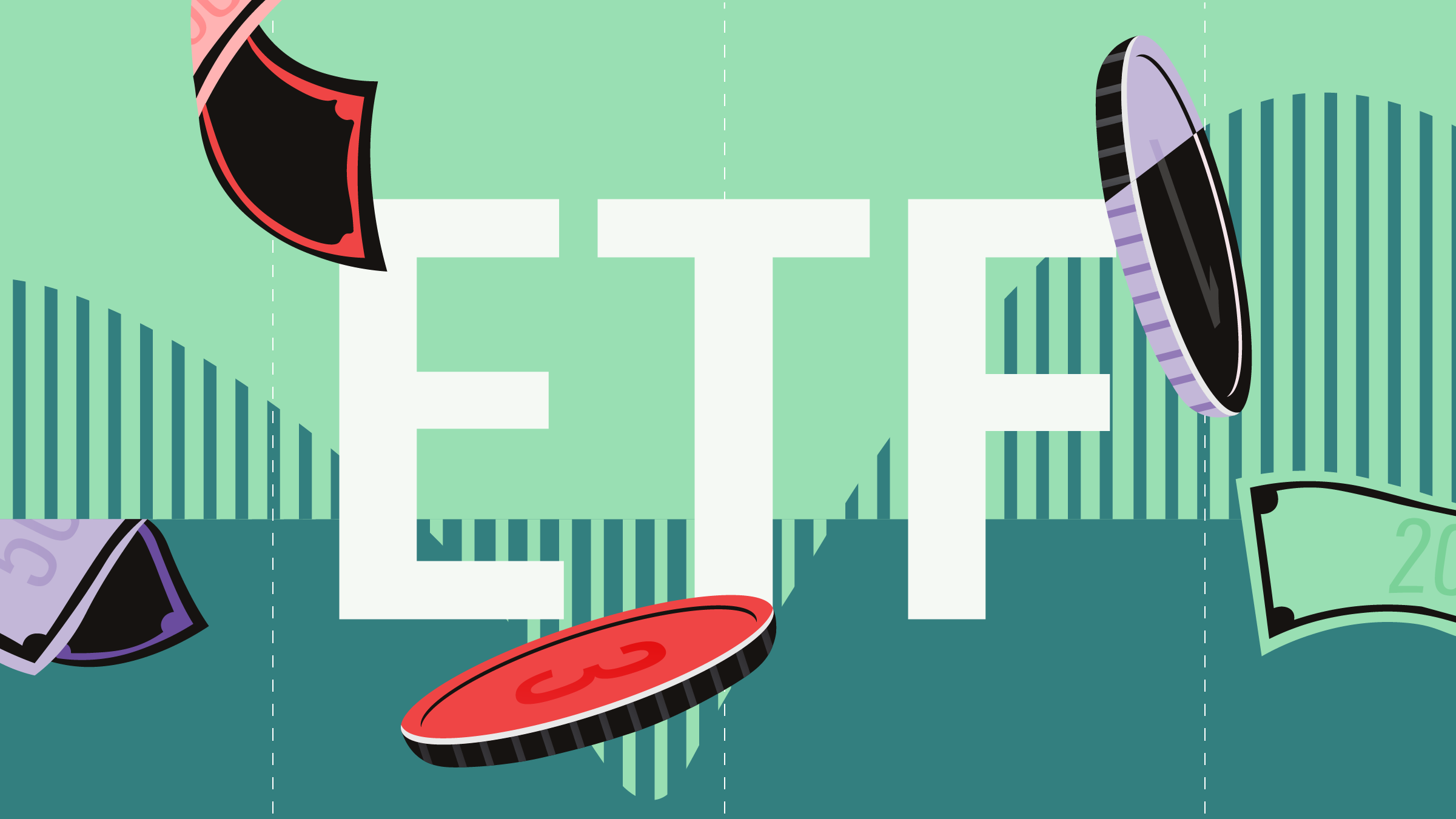
Canadian small-capitalization stocks have performed well since the post-pandemic period that began in 2022 despite a series of rate hikes by the Bank of Canada. And while valuations have risen, veteran stock picker Steve Arpin maintains that there are enough attractive small-cap stocks to fill a portfolio.
“The question for us is whether we are able to find enough attractive investment opportunities. But we are fully invested at the moment,” says Arpin, co-manager of the 4-star silver-medalist $538.6 million Beutel Goodman Small Cap F (also available in Series D), and managing director, Canadian equities at Toronto-based Beutel, Goodman & Company Ltd. The firm oversees about $50 billion in assets under management. “But we continue to find new companies that have attractive risk-reward profiles. So, we would characterize valuations as reasonable. They did get expensive in areas such as small-cap IT [information technology]. In general, though, we continue to find attractive opportunities.”
Arpin notes that the TSX Small Cap Index is trading at 10.10 times forward price-to-earnings, 1.23 times price-to-book-value and 11.24 times current enterprise value (EV) to earnings before interest taxes depreciation and amortization (EBITDA). “Relative to large-cap stocks, the small-cap sector is looking pretty reasonable.” In contrast, the benchmark S&P/TSX 60 is trading at 13.81 forward price to earnings, and 1.89 times price to book value.
Canadian Resource Weighting Can Catapult Returns
An industry veteran of more than 30 years, who has shared management duties in the Beutel Goodman Small Cap strategy with portfolio manager William Otton since 2006, Arpin maintains that Canada has not seen a full-scale small-cap bull market for some time. “Given that we have a significant resource weighting the Canadian small-cap indices were challenged through the last decade. And in any year, particularly when you are exiting a recession, you can have spectacular small-cap returns, such as north of 50%,” says Arpin, who graduated in 1991 with an honours BA from Queen’s University and in 1993 from York University with a MA in American history.
“But when I started in the early 1990s, sustained small-cap performance was the mantra of small-cap allocations. That’s been a little challenging lately,” says Arpin. “But the positive note is that over the last decade, and through the application of our investment process, you can see that we have been able to drive returns well in excess of the index and added value to the TSX Large cap index as well.”
Beutel Goodman Small Cap Fund F
- Morningstar Medalist Rating: Silver
- Morningstar Rating: 4 stars
- Morningstar Category: Canadian Small/Mid Cap Equity
- Fund Size: C$538.6 million
- 12-Month Yield: 0.6%
Top-Quartile Small Canadian Small Cap Strategy
Year-to-date (July 12), Beutel Goodman Small Cap F has returned 12.59%, versus 10.00% for the Canadian Small/Mid Cap Equity category. Over three, five and 10-year periods, the fund was a top-quartile performer and returned an annualized 8.53%, 12.14% and 7.89%. In contrast, the category returned 2.44%, 8.69% and 5.03%.
When Arpin began working in the small-cap arena, conditions were better and sustainable out-performance was fairly easy to obtain. “It’s gratifying to be able to generate superior returns with good stock selection in small caps, versus large caps---because ultimately that’s the point.”
However, Arpin is reluctant to declare definitively that the future looks attractive. “No one really knows what the prospects are for an asset class. But I can say that the economy has been relatively good, and earnings have generally been okay, although they have been weak for consumer discretionary stocks. But it’s been positive for us that small caps have been adding to performance and we are also seeing renewed investment interest in Canadian small caps,” says Arpin. “That’s a positive. And valuations are not particularly demanding, yet.”
Risks in Investor Risk-Aversion
Nevertheless, Arpin concedes there are worries, especially because small caps tend to be more volatile than large caps. “The reality is that small caps will tend to outperform coming out of a recession and under-perform in a recession. In general, they are more economically sensitive. It may also be a function of investor appetite. When people become more risk averse, they tend to sell out of small-caps.”
Ironically, despite predictions of a recession, Canada has avoided that fate. In the meantime, the Bank of Canada has already begun to cut rates, while the Federal Reserve has held back. “As a result, we are seeing weakness in the Canadian dollar and Canadian consumer leverage is higher than in the U.S. This could be an issue, but whether or not we go into recession, who knows?” says Arpin. “We can’t speculate on that. We just don’t know. And if you haven’t been invested all this time, you’ve missed some really good opportunities.”
Rather than make macroeconomic calls, Arpin and Otton concentrate on running a so-called high conviction portfolio of 39 holdings. “All of our returns have been generated through this process,” says Arpin, noting that his team is very careful about downside capture and protecting capital in challenging markets by focusing on firms with strong balance sheets. “We don’t want to own 100 stocks and diversify ourselves out of returns. Statistically, we have superior downside capture and I would attribute that to our investment methodology and a rigorous research process. We focus on free cash flow generative businesses and look for stocks with good discounts to our estimates of intrinsic value.”
By holding 39 names, Arpin argues that every position is an active one, and greater than in a passive index. “What really matters is owning businesses that can compound their capital effectively, generate free cash flow, have good balance sheets and cash flow coverage of loan interest, if they are leveraged, and a have a competitive advantage, either a low-cost industry position or a differentiation of product. Then we have to own them at a reasonable valuation and own them at significant discounts to our estimates of intrinsic value. That’s our method of risk control, which ultimately comes down to owning these businesses at reasonable valuations.”
Aim to Double Value in Four Years
The real risk is in the time required to generate an adequate return on investment. “We build these concentrated positions and look at each of them as if we are owners of the business,” explains Arpin, noting that annual turnover is about 15%. “And we look for a 100% return on our investment over a four-year time frame. What we’ve found is that asking for that high return has steered us towards businesses that are trading at significant discounts to what they are really worth. That approach has been effective in both protecting capital on the downside and compounding capital.”
Although the managers are bottom-up stock pickers, they favour industrial stocks which currently account for about 24.6% of the portfolio, followed by 18.7% financials, 17.8% materials, 12.2% consumer discretionary and 7.9% consumer defensive.
Top Canadian Small Cap Stock Picks
One of the portfolio’s top holdings is EQB Inc. (EQB), Canada’s seventh-largest bank by assets, which specializes in commercial and residential lending. The stock has been in the portfolio since its initial public offering (IPO) in 2004. “They have generated a 15% return on equity over time and in our view the company is well managed,” says Arpin. “The concerns around the company are always around credit risk for single-family housing lending and home prices. But that has not proven to be an issue. We believe the company is attractively valued at 1.2 times book value and 9 times price-to-earnings, plus a 15% return on equity. They have compounded capital very effectively.”
From an IPO price of $11 a share, the stock is now trading at $92.24. Compliance policies prevent Arpin from stating the stock’s discount to intrinsic value.
Another long-time favourite is Maple Leaf Foods Inc. (MFI). “It’s got a strong competitive position and a good share of the consumer packaged meat market in Canada. It also has a growing business in the U.S., of meat produced without antibiotics, known as RWA pork business,” says Arpin. “The company has also been investing in new plants and equipment that will lower its cost structure to produce prepared meats and chicken. They have had a few missteps in providing plant-based protein, with the acquisition of the Lightlife business to compete with the rise of companies such as Beyond Meat. It really hasn’t generated the returns that they hoped for and they have cut its cost structure to make it profitable.”
The thesis for the stock is that the investment cycle is ending, and its capital expenditures are about to decline considerably. “As these new plants come online, we should see profitability improve and there should be strong free cash flow generation---as well as better shareholder returns,” says Arpin.
The stock, which is $23, is trading at 1.8 times price to book and one times EV to sales. “The company is under-earning right now. It’s an indication of the leverage of the business to improve the margin on its revenue. We think the stock is substantially undervalued.”
Going forward, Arpin notes that some small caps end up being bought out by larger players. “Larger companies choose to make acquisitions, which often happens at this point in the economic cycle,” says Arpin. “As these larger companies start to see their growth rates declining, they will seek growth through acquisitions. This is very typical and this happens in every cycle in my experience.”
Indeed, two companies in the portfolio were recently acquired. One is Copperleaf Technologies Inc., which was bought out by Industrial and Financial Systems, or IFS AB, a Sweden-based cloud and industrial software firm. Another take-over revolved around Canadian Western Bank (CWB), by Montreal-based National Bank of Canada (NA). “Both were done at substantial premiums and in both cases we are generating 100% return over our cost base. This is reflective of the work that we do as investment managers, in trying to invest in companies that trade at a discount to our estimates of intrinsic value. If it’s not recognized in the market, it can be recognized by others.”
But Arpin argues that his firm is not what is sometimes called a catalyst investor. “That’s not what we seek when we make investment decisions. This only illustrates that what we tell you that we do, we do. It’s gratifying to see that recognition by others if the stock is reflecting the intrinsic value of the business. It’s a validation of our process.”





















